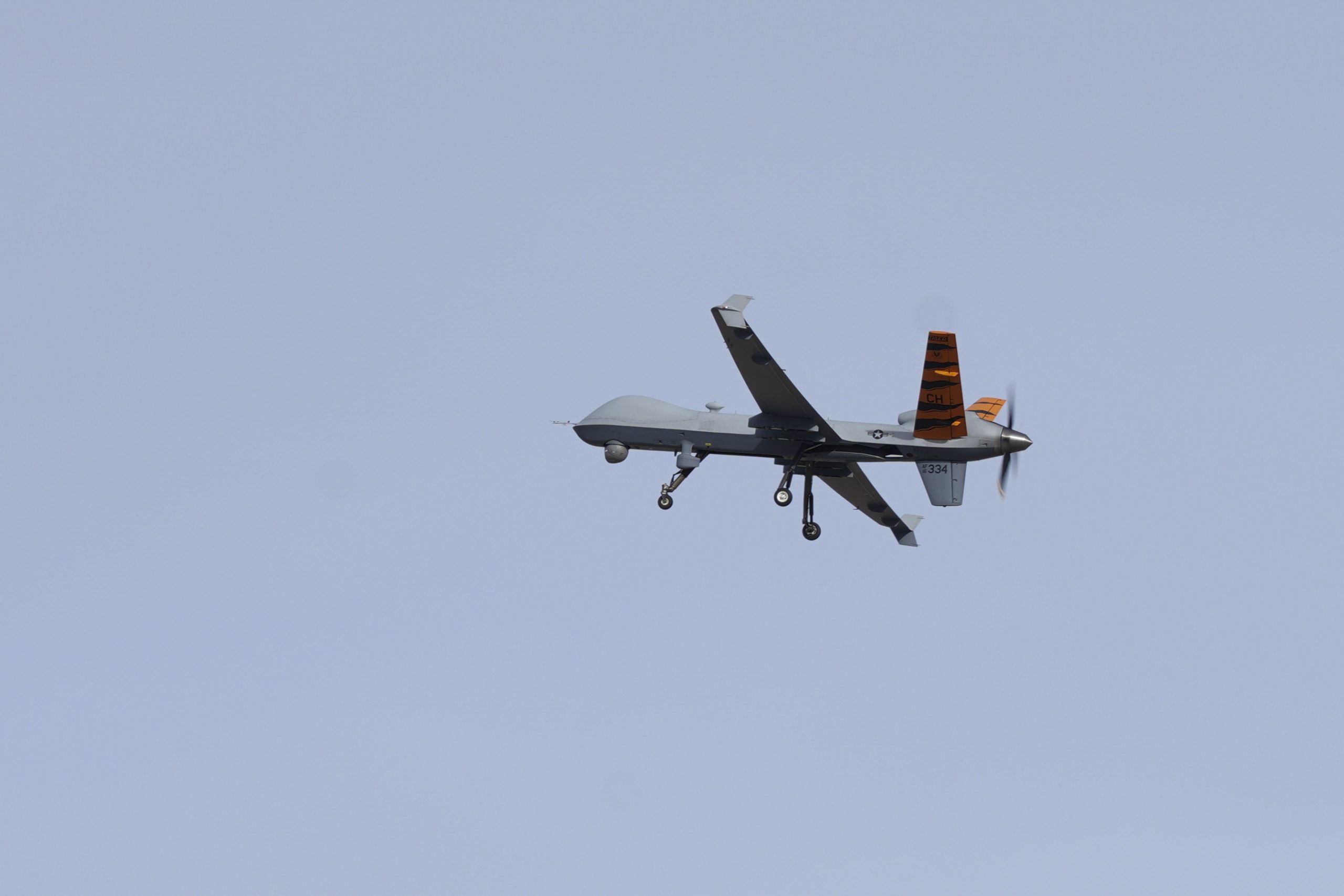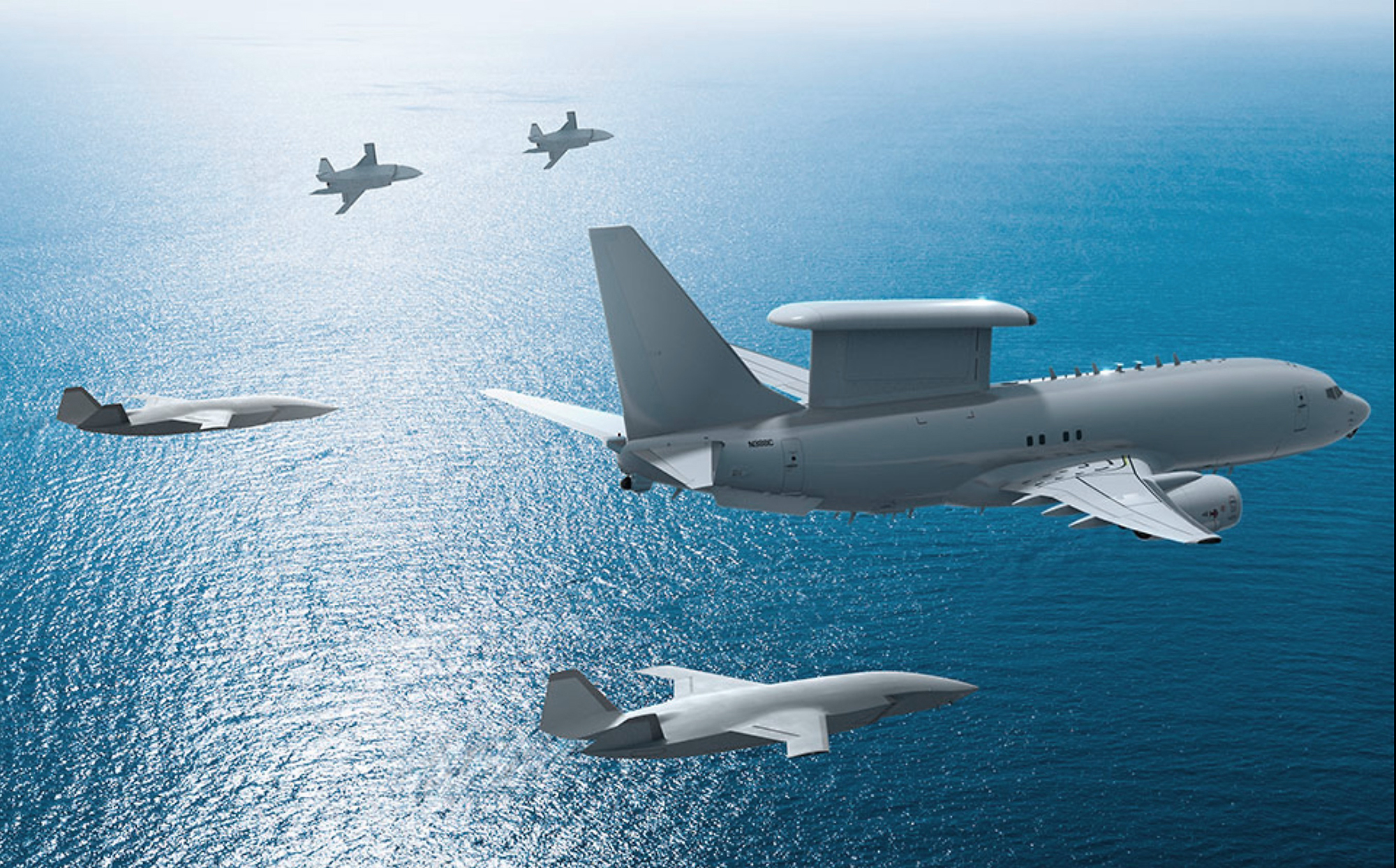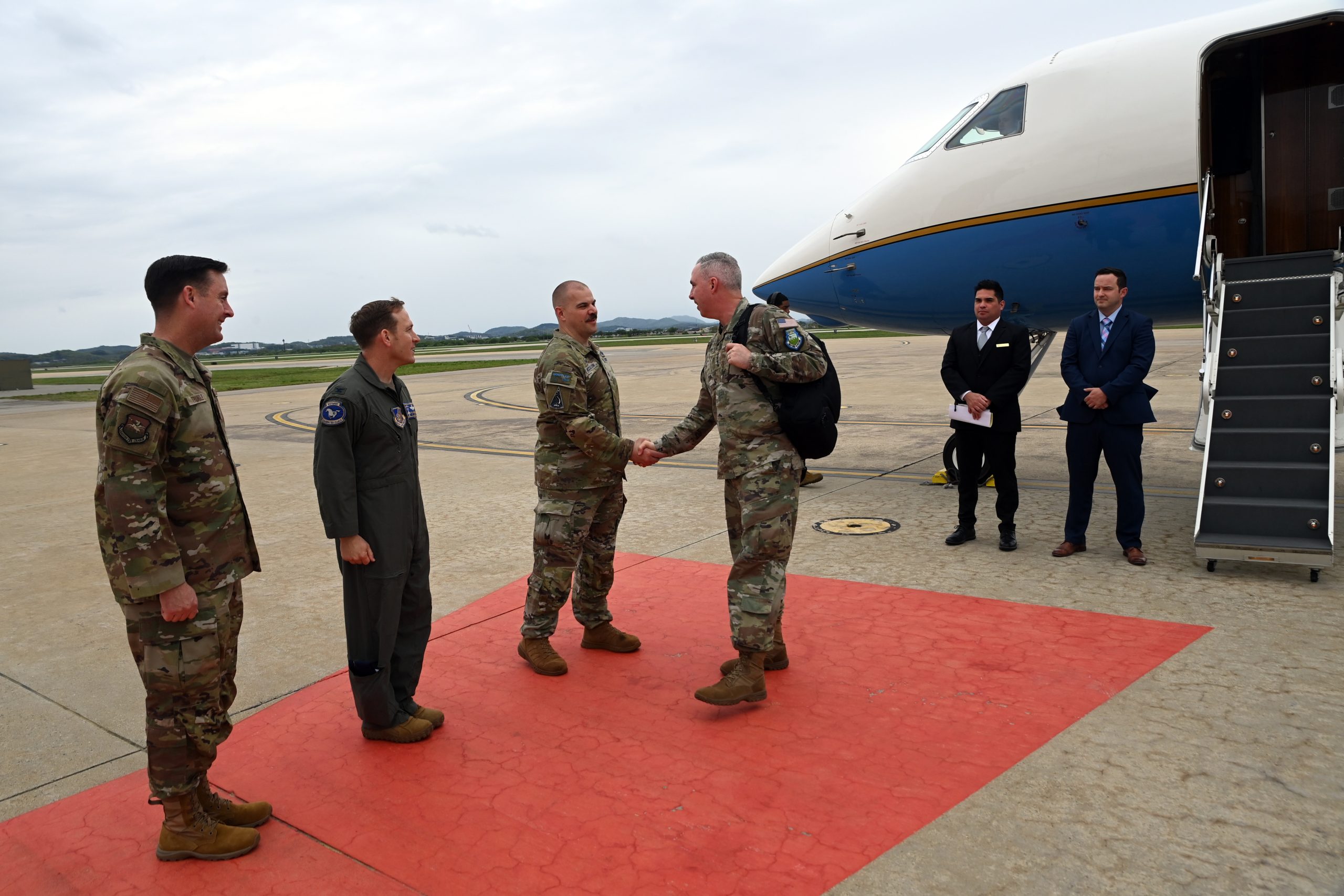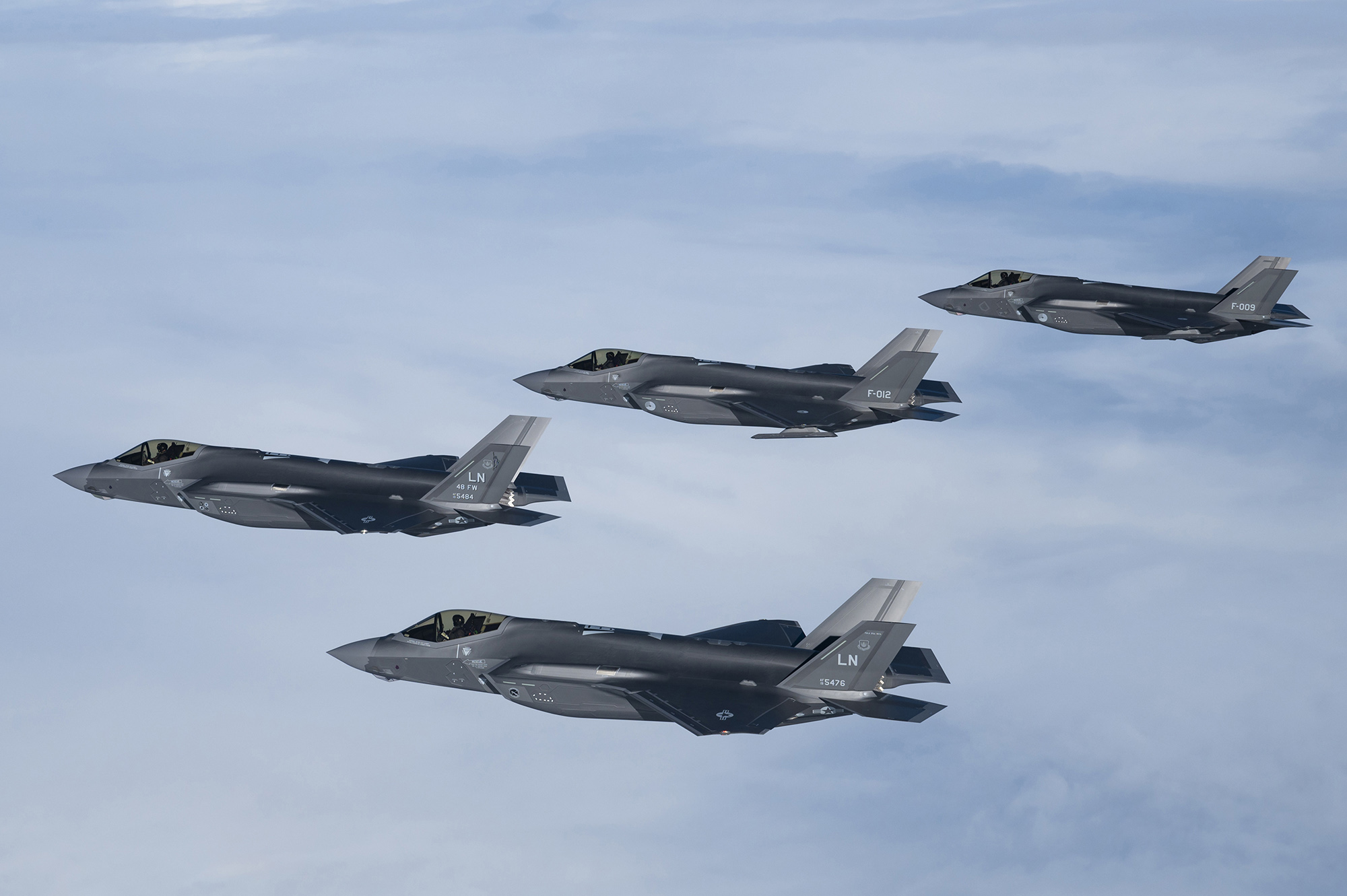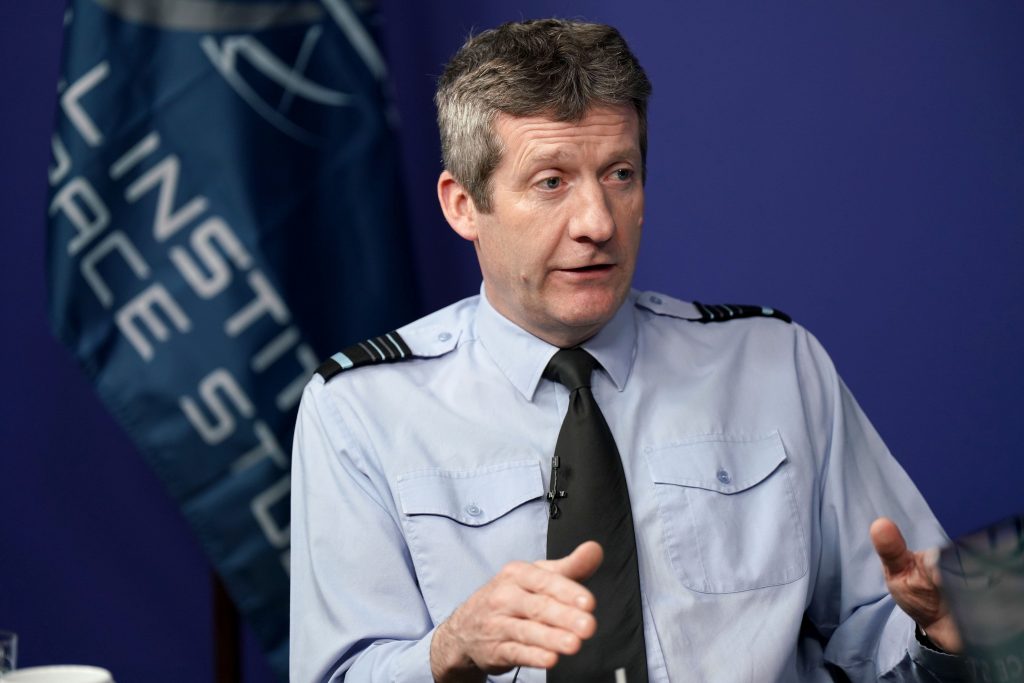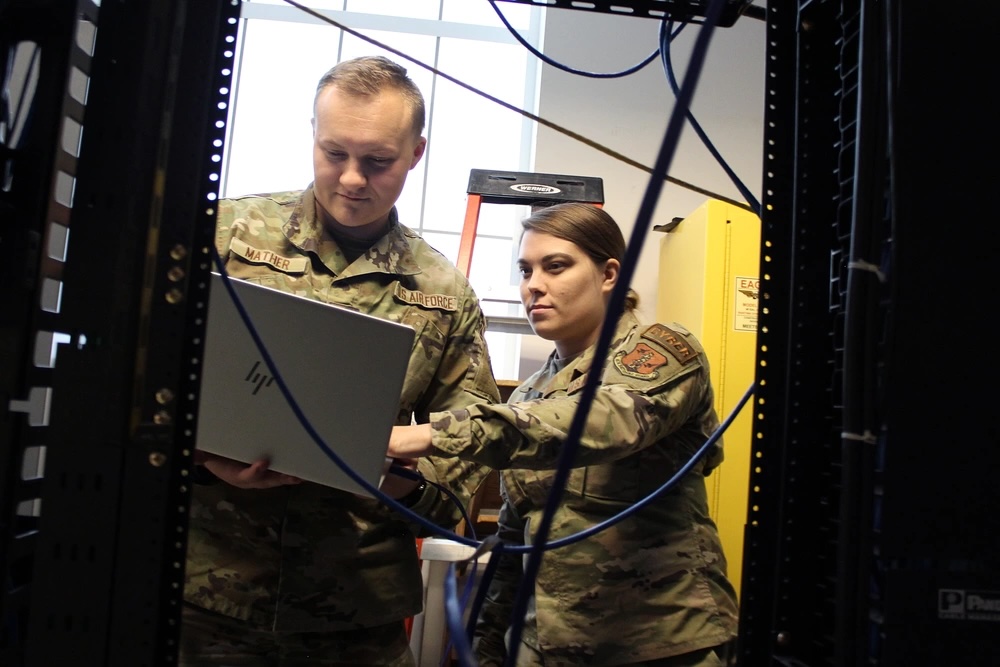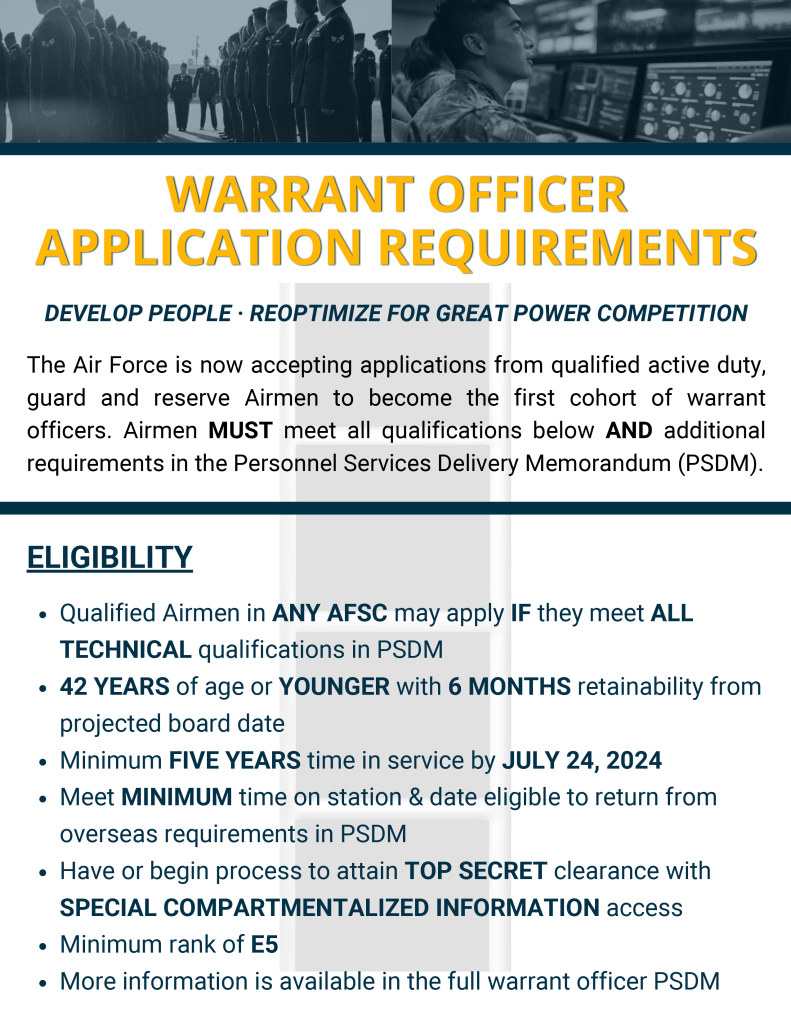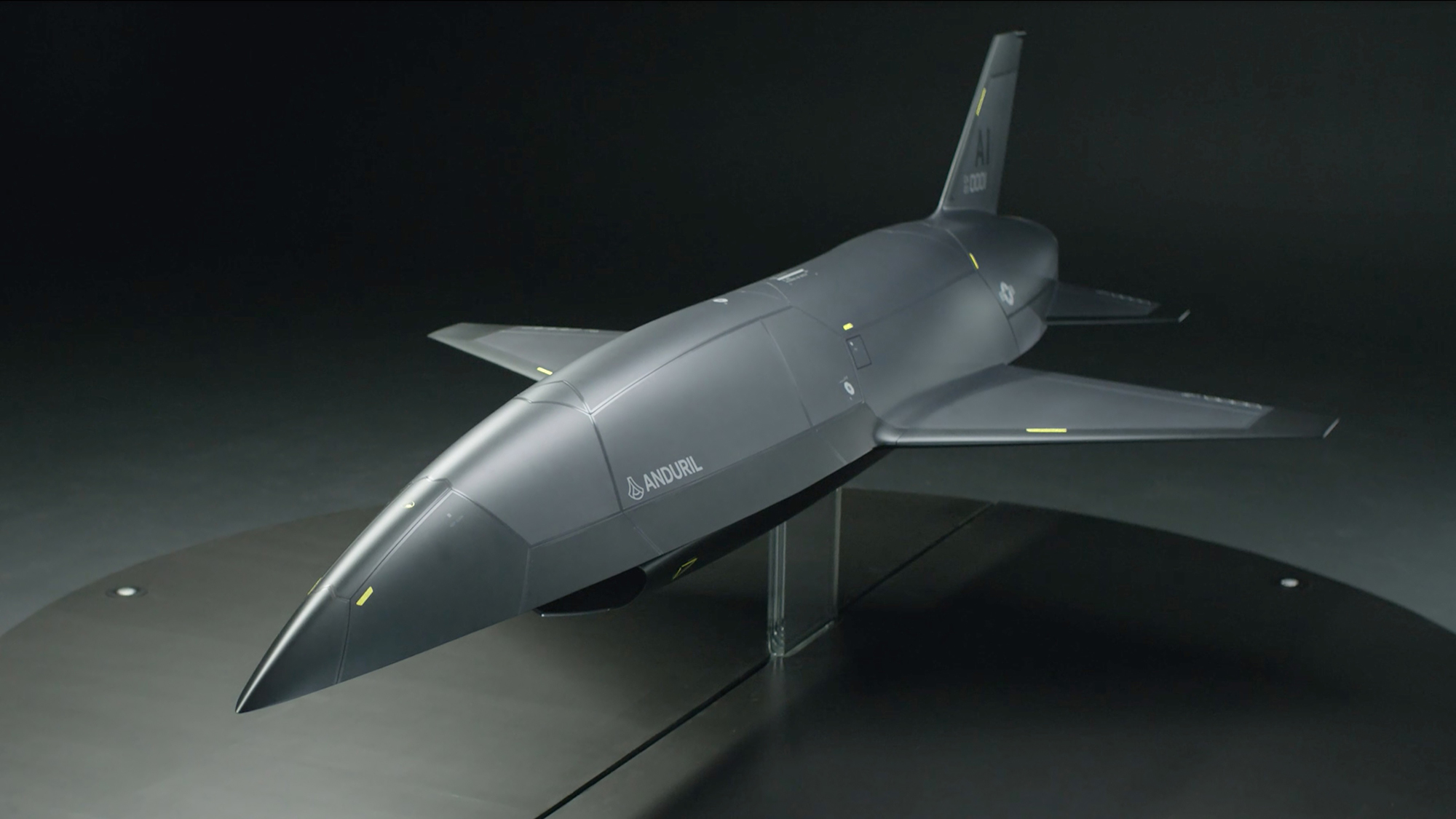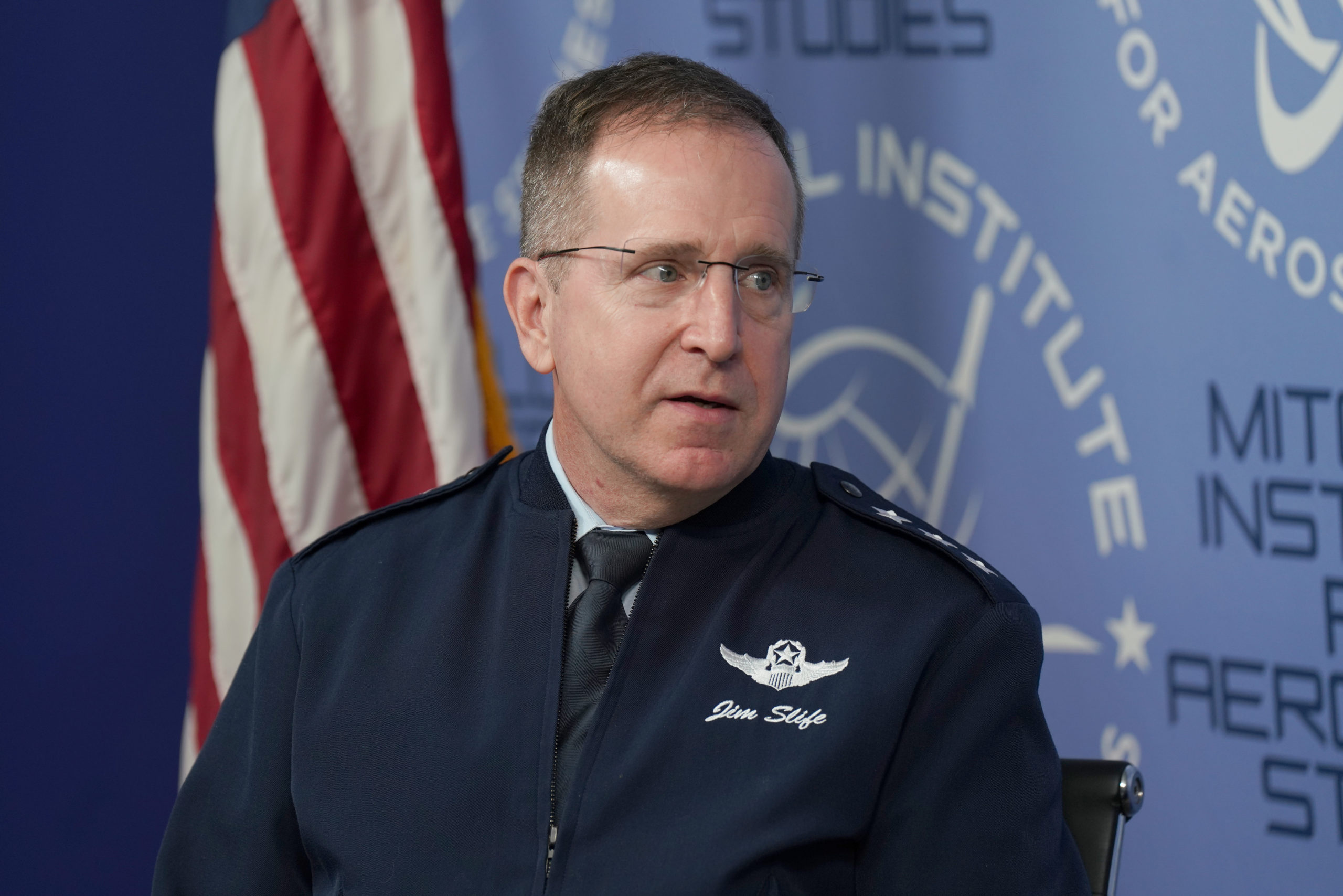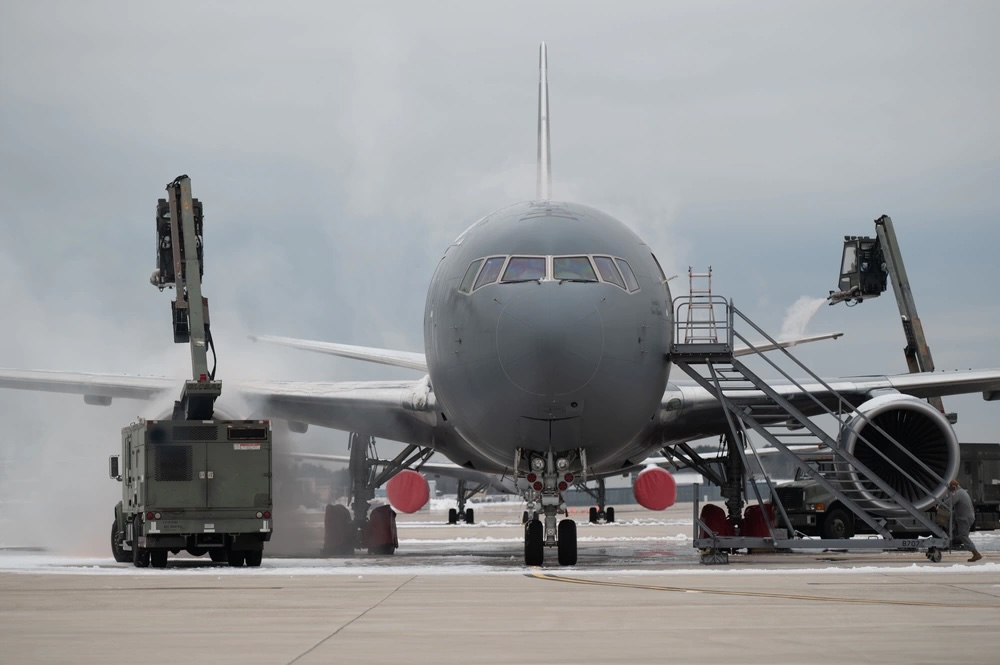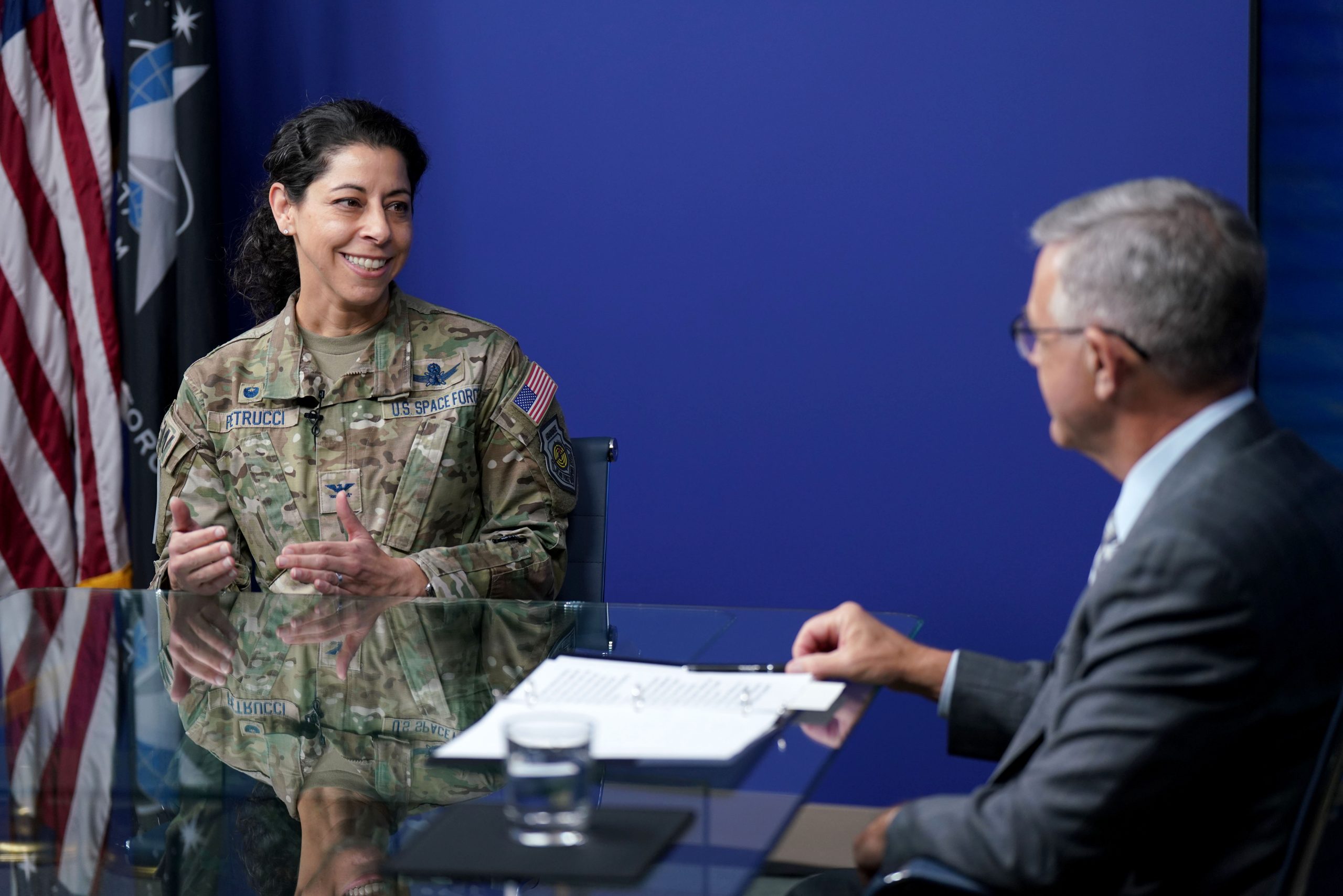A U.S. Air Force MQ-9 suffered an engine failure flying over Africa in May 2023, forcing the drone’s pilot to down it in the ocean where it was not recovered, according to a new Air Force report. The cost of the mishap was more than $21 million.
The report, released April 22, does not disclose the exact location of the mishap and crash landing but notes that it took place within the area of responsibility for U.S. Africa Command. The drone belonged to the 432nd Wing at Creech Air Force Base, Nev., while the crew operating it was from the 184th Attack Squadron at Ebbing Air National Guard Base, Ark.
Investigators determined that the cause of the accident was a mechanical failure resulting in “abnormal contact in the engine core between the rotating and static components.” That led to an onboard system, the Digital Electronic Engine Controller, decreasing torque to maintain engine speed, but that failed and the aircraft lost thrust. The system then tried to increase fuel flow, but that caused the engine to overheat and created a fire.
The crew shut down the engine and determined the MQ-9 “had insufficient glide distance available to travel to a suitable landing or recovery site.” After coordinating with the Air Operations Center, the pilot flew the drone over the water hoping to get it near “friendly seaborne assets” for recovery.
The recovery never happened, though, and as a result, investigators were unable to determine the root cause of the mechanical failure that led to the engine problems.
The cost of the mishap was estimated at $21.8 million—one of 10 mishaps involving the MQ-9 in fiscal 2023, according to data reported earlier this month by Air Force Times.
That’s the highest number of MQ-9 mishaps the Air Force has seen in a decade, according to service data.
Accident Investigation Boards have released reports for two other Reaper mishaps in 2023 thus far. In January, a contractor crashed a drone and caused $16 million in damages in California, and in September, another contractor was killed after she walked into the propeller of an MQ-9 while it was undergoing ground tests.
On top of that, the Air Force has already disclosed at least one MQ-9 crash in 2024—U.S. Air Forces in Europe announced a Reaper crashed in Poland in Janaury.
Beyond mishaps, MQ-9s have also been damaged or destroyed by Russian fighter jets and Iranian-backed militias six other times since March 2023:
- February 2024: Houthi rebels, supported by Iran, downed an MQ-9 off the coast of Yemen into the Red Sea
- January 2024: An MQ-9 crashed in Iraq. U.S. officials said the Islamic Resistance in Iraq, an umbrella group of Iraqi militias supported by Iran, likely shot down the drone with an Iranian-provided surface-to-air missile.
- November 2023: Houthi rebels shot down an MQ-9 over the Red Sea.
- March 2023: A Russian fighter collided with an MQ-9 during an intercept over the Black Sea, causing it to crash and be destroyed.
The last MQ-9 mishap in Africa that the service disclosed happened in June 2020, when a massive fuel leak led the crew to crash the aircraft as hard as possible into the ground to prevent it from being recovered.
MQ-9s have played a critical role in the U.S.’ counterterrorism efforts in the Middle East and Africa. Their future in Africa, however, is unsettled at the moment as U.S. officials say they will pull back troops from Niger, where the U.S. Air Force has bases from which it has conducted Reaper operations in recent years.
